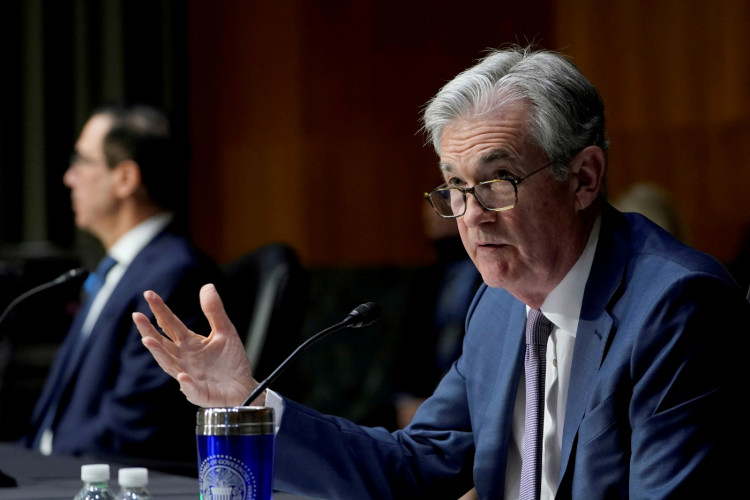The Federal Reserve has initiated a significant move by cutting interest rates for the first time since the early days of the COVID-19 pandemic. On Wednesday, the central bank slashed the federal funds rate by 50 basis points, bringing it to a range of 4.75% to 5%. This aggressive move marks the beginning of what could be a series of rate cuts aimed at stabilizing the economy amid growing concerns about slowing job growth and softening inflation. The rate cut, which impacts short-term borrowing costs for banks, also ripples through to consumers, affecting loans, mortgages, and credit cards.
Fed Chair Jerome Powell justified the decision by noting that inflation is moving toward the Fed's 2% target, while risks to the labor market are increasing. "The committee has gained greater confidence that inflation is moving sustainably toward 2 percent, and judges that the risks to achieving its employment and inflation goals are roughly in balance," the post-meeting statement said.
This rate cut comes at a time when inflation has cooled to 2.5%, significantly down from its peak of 9.1% in June 2022. However, with the unemployment rate inching up to 4.2%, the Fed is now focused on preventing the labor market from weakening further. Powell acknowledged the shift in economic conditions, noting that while inflationary risks have eased, the downside risks to employment have become more pronounced.
The decision to slash rates was largely anticipated, with market expectations adjusting in the days leading up to the Federal Open Market Committee (FOMC) meeting. Investors, who had been divided on the magnitude of the cut, saw the likelihood of a 50-basis-point reduction rise to 63% just before the announcement, according to the CME Group's FedWatch tool.
This marks the first time since 2020 that the Fed has cut rates, signaling a major pivot after a two-year tightening campaign that saw interest rates rise to their highest level in more than two decades. The Fed began hiking rates in March 2022 in response to soaring inflation, with the federal funds rate peaking at 5.25% to 5.5% in the summer of 2023. During that time, the Fed raised rates by 75 basis points on four consecutive occasions, making Wednesday's half-point cut a notable shift in policy.
Despite signs of economic resilience-such as steady GDP growth and strong consumer spending-Powell and other FOMC members have expressed growing concern about the labor market. While layoffs have remained relatively low, hiring has slowed, and wage growth has moderated. The Fed now projects that the unemployment rate will reach 4.4% by the end of the year, up from its previous estimate of 4%. This reflects a more cautious outlook for the labor market as inflation continues to recede.
The Fed's decision aligns with moves made by other central banks around the world. The Bank of England, the European Central Bank, and the Bank of Canada have also begun easing monetary policy in response to slowing inflation and economic challenges. Global supply chain disruptions, pent-up demand from the pandemic, and aggressive fiscal and monetary stimulus had previously fueled inflation, but now those factors are receding, allowing central banks to shift their focus toward growth and employment.
The rate cut also raises questions about how far the Fed will go in its easing cycle. The Fed's dot plot-a matrix of individual FOMC members' rate expectations-shows an additional 50 basis points of cuts by the end of the year, with another full percentage point expected in 2025. However, the pace and scale of future rate reductions remain uncertain, with the committee divided on how quickly to proceed.
One dissenting voice came from Governor Michelle Bowman, who favored a more cautious approach with a quarter-point cut. Powell acknowledged the differing views within the committee, highlighting the complexity of balancing inflation risks with the need to support job growth.
As the Fed navigates this new phase of monetary policy, it is also continuing its program of quantitative tightening, slowly reducing its balance sheet, which stands at $7.2 trillion. The Fed is allowing up to $50 billion in maturing Treasurys and mortgage-backed securities to roll off its balance sheet each month.






